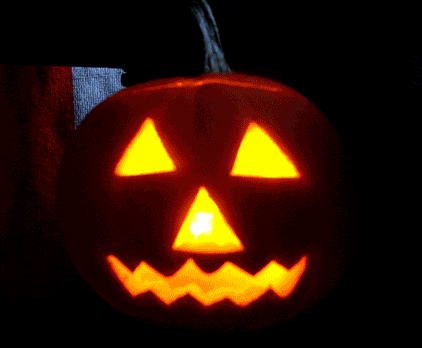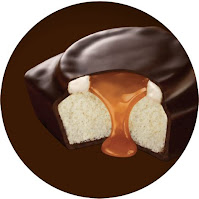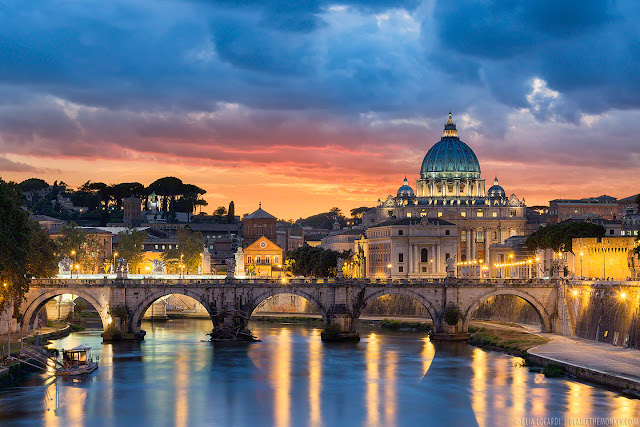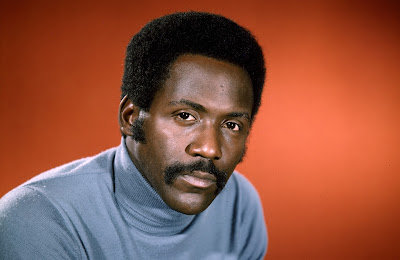Deep in the heart of a small, secluded town named Ravenswood, Halloween night arrived with an air of anticipation and excitement. Little did the townsfolk know that this year would bring a terror unlike any they had ever experienced before.
As dusk settled and the moon cast an eerie glow upon the streets, a thick fog crept in, enveloping the town in a chilling embrace. Children donned their costumes, eager to embark on their trick-or-treating adventure, unaware of the lurking darkness that awaited them.
Among the trick-or-treaters was a young girl named Emily. Dressed as a fairy, she joined her friends and set off into the night. The houses were adorned with jack-o'-lanterns, casting dancing shadows along the sidewalks, creating an atmosphere of both wonder and unease.
As Emily and her friends approached an old, dilapidated house on the outskirts of town, a feeling of foreboding washed over them. The house stood decrepit and abandoned, its windows cracked, and the front porch sagging. Legend had it that a reclusive and disturbed man named Mr. Blackwood once resided there, but he mysteriously vanished years ago.
With a mix of curiosity and trepidation, Emily's friends dared her to approach the house and ring the doorbell. Hesitant but eager to prove her bravery, Emily stepped forward. She reached out a trembling hand, but before she could touch the doorbell, a chilling breeze brushed against her cheek, causing her to shudder.
Unbeknownst to Emily, Mr. Blackwood had indeed returned to his former home. Driven to madness during his absence, he had become a tortured soul, consumed by a dark obsession with Halloween. His once-decaying house now served as a twisted labyrinth of horrors, each room transformed into a nightmarish realm.
As Emily turned to leave, the door creaked open, revealing the shadowy figure of Mr. Blackwood. Dressed in a tattered black suit and wearing a grotesque mask, he beckoned Emily and her friends inside with a sinister smile.
Filled with a mix of fear and morbid curiosity, the group cautiously entered the house, unaware of the trap they were walking into. The door slammed shut behind them, sealing their fate within the clutches of Mr. Blackwood's twisted imagination.
Room after room, they encountered horrors beyond their worst nightmares. Ghostly apparitions whispered chilling secrets, walls bled crimson, and inanimate objects came alive with malicious intent. They desperately searched for an escape, their hearts pounding with terror.
One by one, Emily's friends succumbed to the horrors, disappearing into the darkness as Mr. Blackwood's malevolence consumed them. Emily, the last one standing, fought to stay strong, determined to survive the nightmarish ordeal.
But Mr. Blackwood was relentless, his presence felt at every turn. He stalked Emily through the labyrinth, his chilling laughter echoing through the halls. She ran, her breath ragged and her body trembling, but the house seemed to shift and change, its walls closing in on her.
Just as hope was fading, Emily stumbled upon a hidden passage, a glimmer of light shining through. She mustered her remaining strength and raced toward the exit, escaping the clutches of Mr. Blackwood's haunted abode.
Breathing heavily, Emily emerged from the house, the fog dissipating, and the moon shining brightly overhead. She collapsed onto the grass, her mind reeling from the horrors she had endured.
From that night on, Ravenswood would never be the same. The legend of Mr. Blackwood and his malevolent house would forever haunt the town's memories, a chilling reminder of the darkness that can hide behind the innocent facade of Halloween night.
And as the years passed, children would gather around campfires, sharing the terrifying tale of Mr. Blackwood, warning one another to stay away from the abandoned house on Halloween. But deep down, they knew that the true horrors of that fateful night could never truly be captured in words, forever etched in the minds of those who had witnessed the evil that lurked within the shadows on Halloween night in Ravenswood.


























